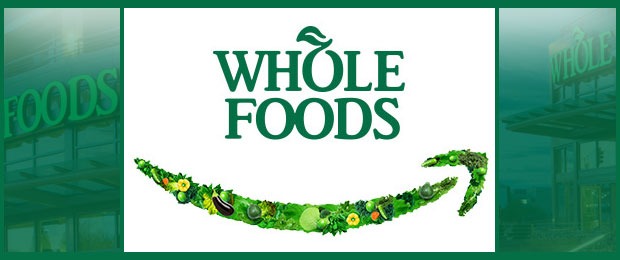Amazon on Thursday began offering same-day delivery of grocery items from Whole Foods Market to Prime members in four select markets.
For a minimum order of US$35, Prime members get free two-hour delivery between 8 a.m. and 10 p.m. One-hour delivery is available for a $7.99 fee.
Among the items customers can order for delivery are fresh produce, meat and seafood; grocery staples; flowers; and some alcoholic beverages. They can place orders at the Prime Now website or through the Prime Now app on an iOS or Android device.
The service is available in neighborhoods of Austin, Cincinnati, Dallas and Virginia Beach for now. It will be expanded across the United States later this year.
Eager Market
The delivery service is in line with Amazon’s pledge to make Prime the customer rewards program at Whole Foods Market.
“Whole Foods customers are affluent, with an average income of $95,000 per year,” noted Cindy Zhou, principal analyst at Constellation Research.
They “are digitally connected and busy, so grocery delivery services are attractive,” she told the E-Commerce Times.
Consumer demand is high, according to Zhou.
“Companies like Instacart, which added 80 new markets last year, continue to grow,” she pointed out.
“The rise and success of preplanned meal [services] like Blue Apron has shown retailers that people crave the experience and benefits of cooking at home, but they struggle to find the time and are willing to pay for convenience,” said Greg Ng, VP of digital engagement at PointSource.
“This offering hits that sweet spot,” he told the E-Commerce Times.
There’s another benefit for Amazon in introducing the two-hour service.
It “will help Amazon grow their Prime membership numbers,” Zhou said.
Prime Turf
Austin is home to Whole Foods, and Dallas, Cincinnati and Virginia are high-end cities that “are good test beds to see what would work across the country,” noted Ray Wang, principal analyst at Constellation Research.
Amazon’s announcement appears to indicate it’s only focusing on select neighborhoods in the four cities instead of rolling out the delivery services throughout them.
“They want to test the infrastructure they have in place to serve the higher-end and denser neighborhoods,” Wang suggested.
“They have cherry-picked the neighborhoods more likely to use Prime and buy Whole Foods,” he told the E-Commerce Times. “They have also chosen very specific types of demographics in each neighborhood.”
That selectivity is essential to the success of this project.
“Like any trial run, it’s important to start out with a market size that’s small enough to deeply analyze and be responsive to changes in real time while also being large enough to gather quality data,” Ng noted. “The marketing, promotion, and employee enablement needed to roll out this program is very risky.”
Supermarkets offering delivery services to customers won’t be impacted by this service, Constellation’s Wang said, because “Whole Foods offers high margin, high quality products.”
Tricky Business
Delivering perishable items will be the new service’s greatest challenge.
Perishables require a cold food supply chain, Wang pointed out. “Refrigerated trucks. Limited delivery times. It’s harder than just delivering a package.”
Non-perishable items ordered through Prime Now can be left on a customer’s doorstep, Ng said, but “what happens when it’s cottage cheese and the temperature’s 95 degrees outside?”
Amazon’s purchase of Whole Foods also gave it a toehold in arch-rival Instacart, which in 2016 signed a five-year deal with Whole Foods that would make it the grocery chain’s exclusive delivery partner for perishables. As part of the deal, Whole Foods invested in Instacart.
That stake in Instacart could help propel Amazon to dominance in the food delivery industry, but perhaps at a steep price.
Instacart last year signed a deal with German grocery chain Aldi, which at the time had 1,300 stores throughout the United States and was planning to increase that number to 2,000.
Amazon might attempt to buy both Instacart and Aldi to acquire their business, although whether they will agree to sell remains to be seen.

























































Social Media
See all Social Media